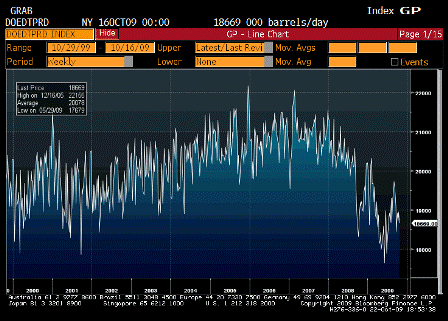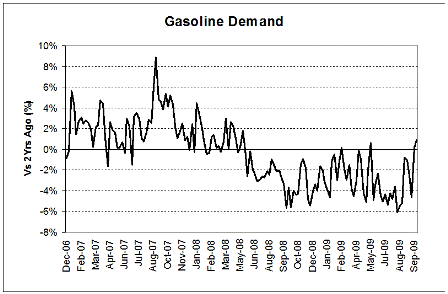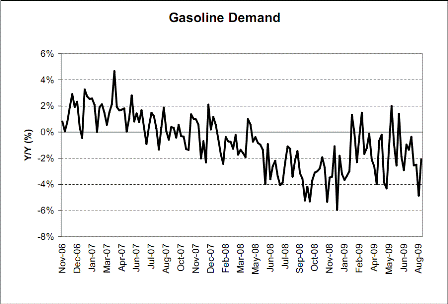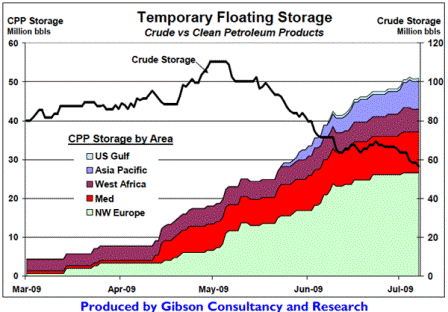If the yuan is ‘naturally’ stronger than that it means they are accumulating dollar reserves without the wrath of the US administration.
This will encourage other potential exporters to do the same and help the dollar find a bottom.
The Eurozone, however, remains ideologically inhibited from buying dollars yet is also determined to support demand through exports.
Crude oil remains key. Higher prices make dollars ‘easier to get’ overseas, lower prices make the dollar ‘harder to get.’
Yuan Peg Spurs Exports, Luring Pimco as Dollar Sinks
By Bloomberg News
Oct. 13 (Bloomberg) — Investors are the most bullish on the yuan in 14 months as China’s exporters say the currency’s link to the slumping dollar is helping revive sales.
Contracts based on expectations for the currency’s value a year from now show the yuan will appreciate 3 percent, compared with estimates for 0.5 percent two months ago, data compiled by Bloomberg show. Twelve-month non-deliverable forwards touched 6.5440 per dollar on Oct. 20, the strongest level since August 2008. They rose 0.3 percent to 6.6265 today, compared with a spot exchange rate of 6.8275.
The dollar’s decline against all 16 of the most-active currencies in the past six months has made Chinese exports more competitive because the government has pegged the yuan to the greenback since July 2008. Union Investment and Martin Currie Investment Management Ltd., which oversee a total of $250 billion, are buying contracts that will profit from an end to the peg, predicting the yuan will gain 5 percent a year.
“Exports are beginning to pick up,†said Douglas Hodge, the chief operating officer of Pacific Investment Management Co., which runs the world’s largest bond fund. “The fact that the dollar has fallen makes the yuan cheaper relative to the euro and the yen, so it does begin to improve their export picture.â€
[top]





